Introduction to Monster Chess
Monster Chess stands as a fascinating variation of the traditional game of chess, introducing a unique set of rules and challenges that transform the familiar gameplay into something entirely new and engaging. By modifying the number of pieces and the nature of moves available to the players, Monster Chess offers a fresh perspective on strategic thinking and tactical maneuvers, keeping both novice players and seasoned chess enthusiasts captivated.
The Basic Rules of Monster Chess
Monster Chess primarily deviates from standard chess in terms of piece quantity and movement. In the most common version of Monster Chess, one player manages the regular set of chess pieces, while the opponent controls only one piece, often referred to as the monster. The commonly used monster piece is the queen, due to its versatility and powerful capabilities on the board.
The objective for the player with the standard set of pieces remains the same as in classical chess: to checkmate the opponent’s king. Conversely, the player controlling the monster piece aims to capture all of the opposing player's pieces. This distinct goal significantly alters the dynamics and strategy of the game.
Setting up the Board
The setup for Monster Chess is straightforward. The player with the full set arranges their pieces as they would in a traditional chess game. The player with the monster piece places their single piece (usually the queen) in their first rank at a designated spot, often replacing either the king or queen's original position.
Game Play and Movements
Despite the asymmetric setup, the movement rules for the pieces in Monster Chess follow the traditional rules of chess. Each piece retains its usual abilities. Pawns may still advance two squares on their first move, kings can still castle under the regular chess rules, and so on. The major change lies in the broader strategic objectives impacted by the asymmetry of the forces.
Strategies for Monster Chess
Playing Monster Chess requires a substantial shift in strategy for both players. The player with the full set must focus on protection and coordination, more defensively than in classic chess, due to the enhanced threat posed by the powerful monster piece. It often becomes crucial to sacrifice pieces strategically to protect more vital ones or the king.
On the other hand, the player controlling the monster piece has to adopt an extremely aggressive playing style. This player needs to exploit the mobility and power of the monster piece to create multiple threats simultaneously, forcing the opponent to make difficult decisions, potentially leading to advantageous trades or strategic blunders.
Defense and Attack
For the player with the full set, swarming the monster piece with multiple pieces can sometimes neutralize its power. This tactic, however, may leave other parts of the board vulnerable. For the monster player, using tactics such as forks, pins, and discovered attacks can be highly effective.
Variations of Monster Chess
While the queen is the most popular choice for the monster piece, variations of Monster Chess exist where other pieces are used, such as the rook or even a knight. Each variation offers a unique flavor and set of challenges, emphasizing different aspects of gameplay and strategy.
In some versions, rules are adjusted further to balance the game, such as giving the monster piece limited movements per turn or allowing the traditional pieces more flexibility in setup. These variations keep the game interesting and engaging for players of all skill levels.
Conclusion
Monster Chess serves as a brilliant testament to the adaptability and enduring appeal of chess. By flipping the traditional game on its head, it challenges players to think differently about strategy and adaptability. Whether you're a seasoned chess player looking for a new challenge or a novice eager to explore strategic games, Monster Chess offers a compelling twist on the timeless game of chess.
Explore our large collection of luxurious chess sets!

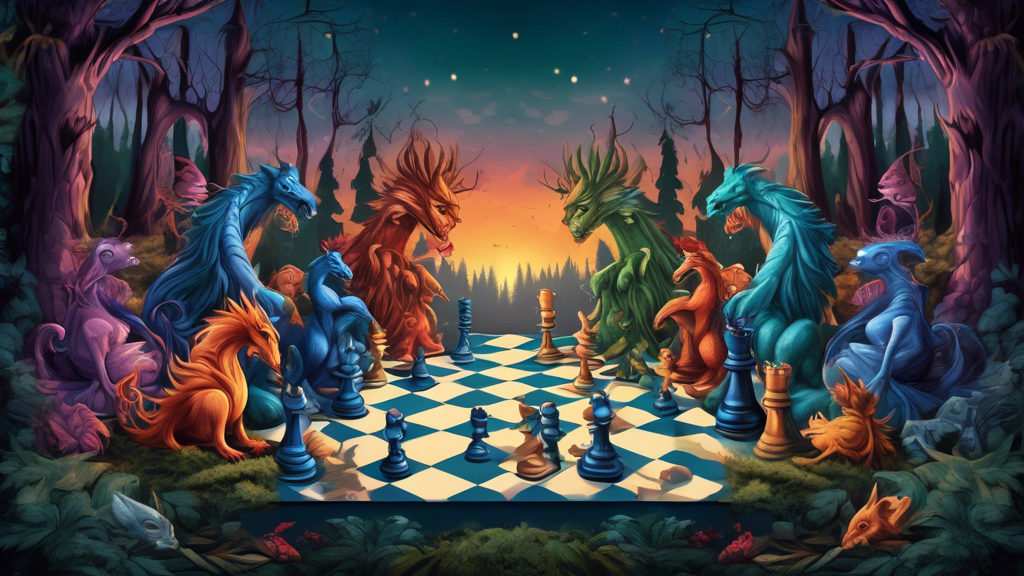
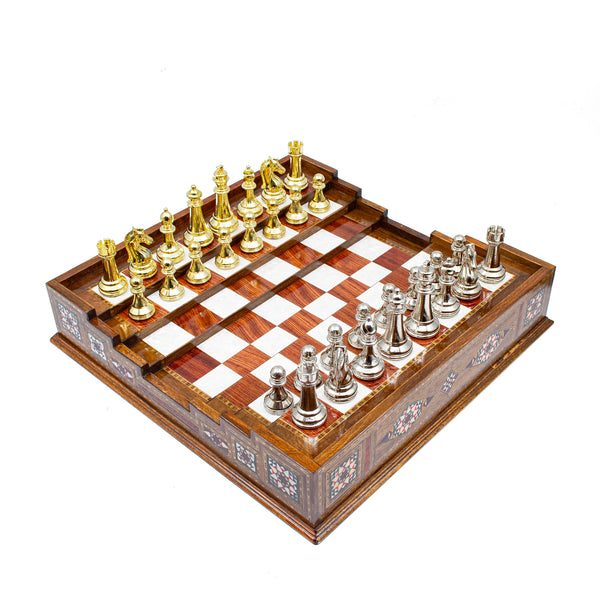
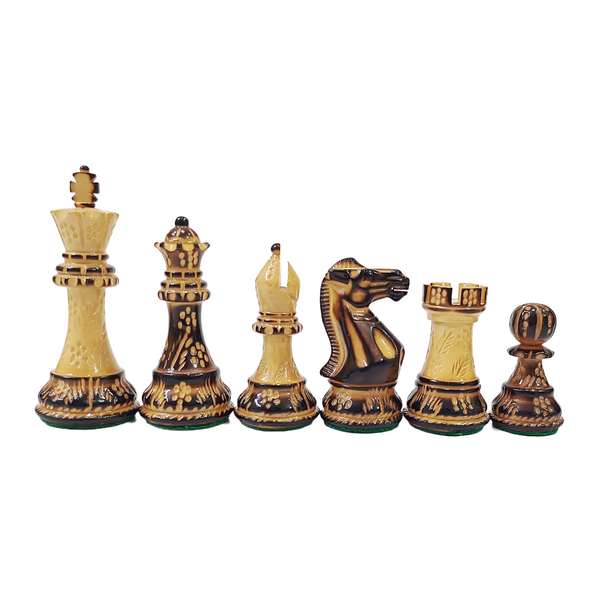
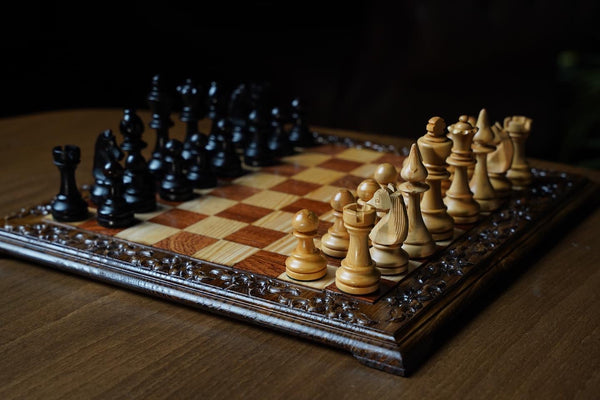
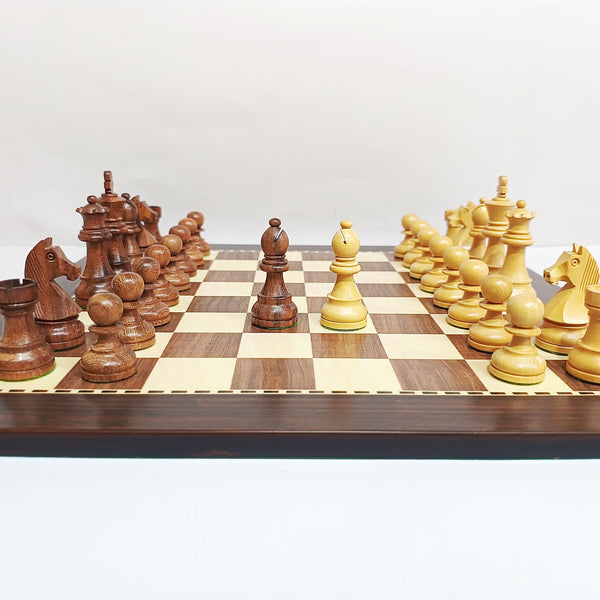
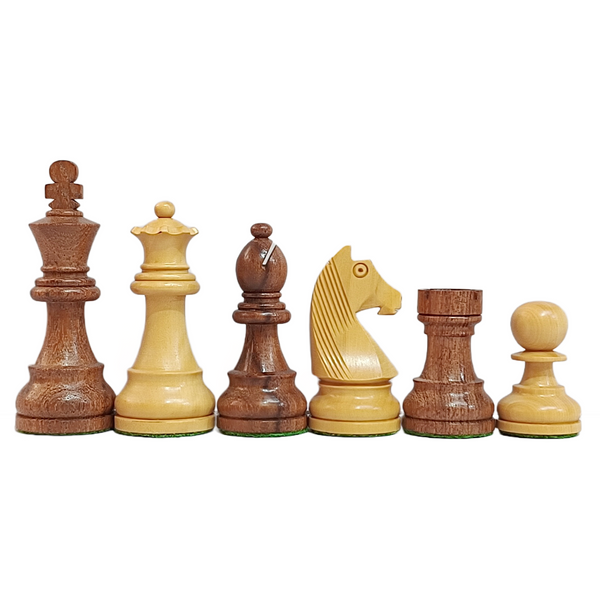








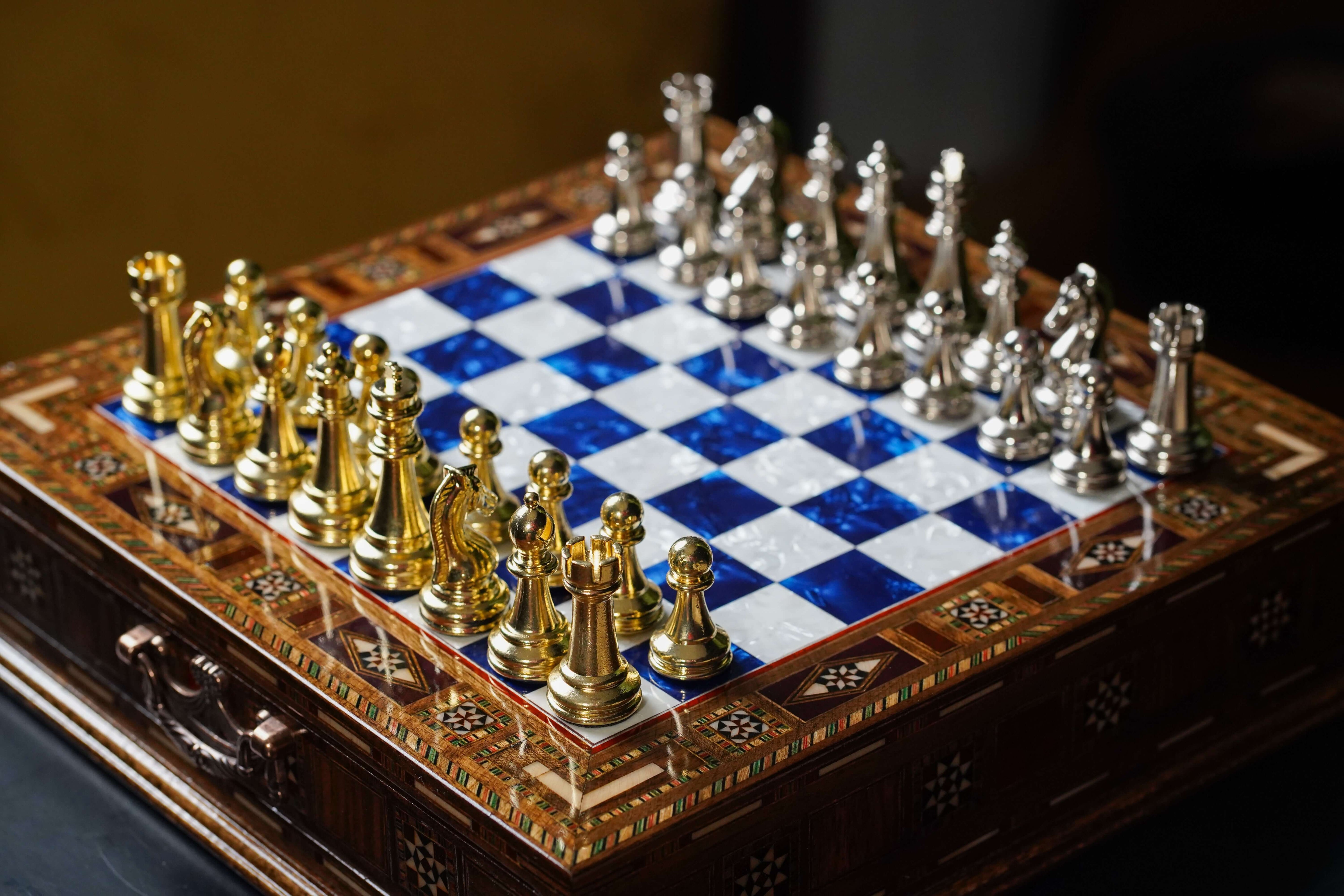
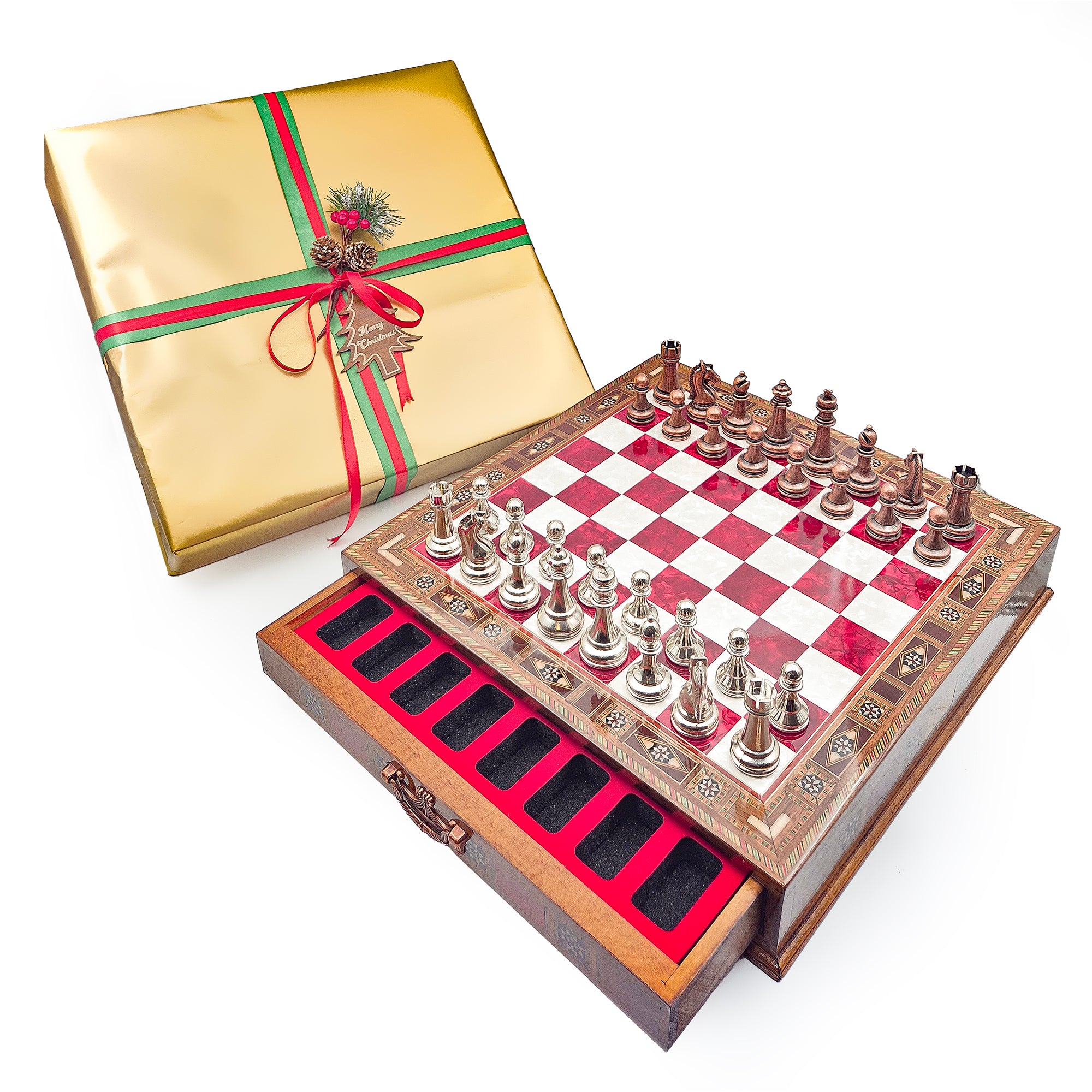
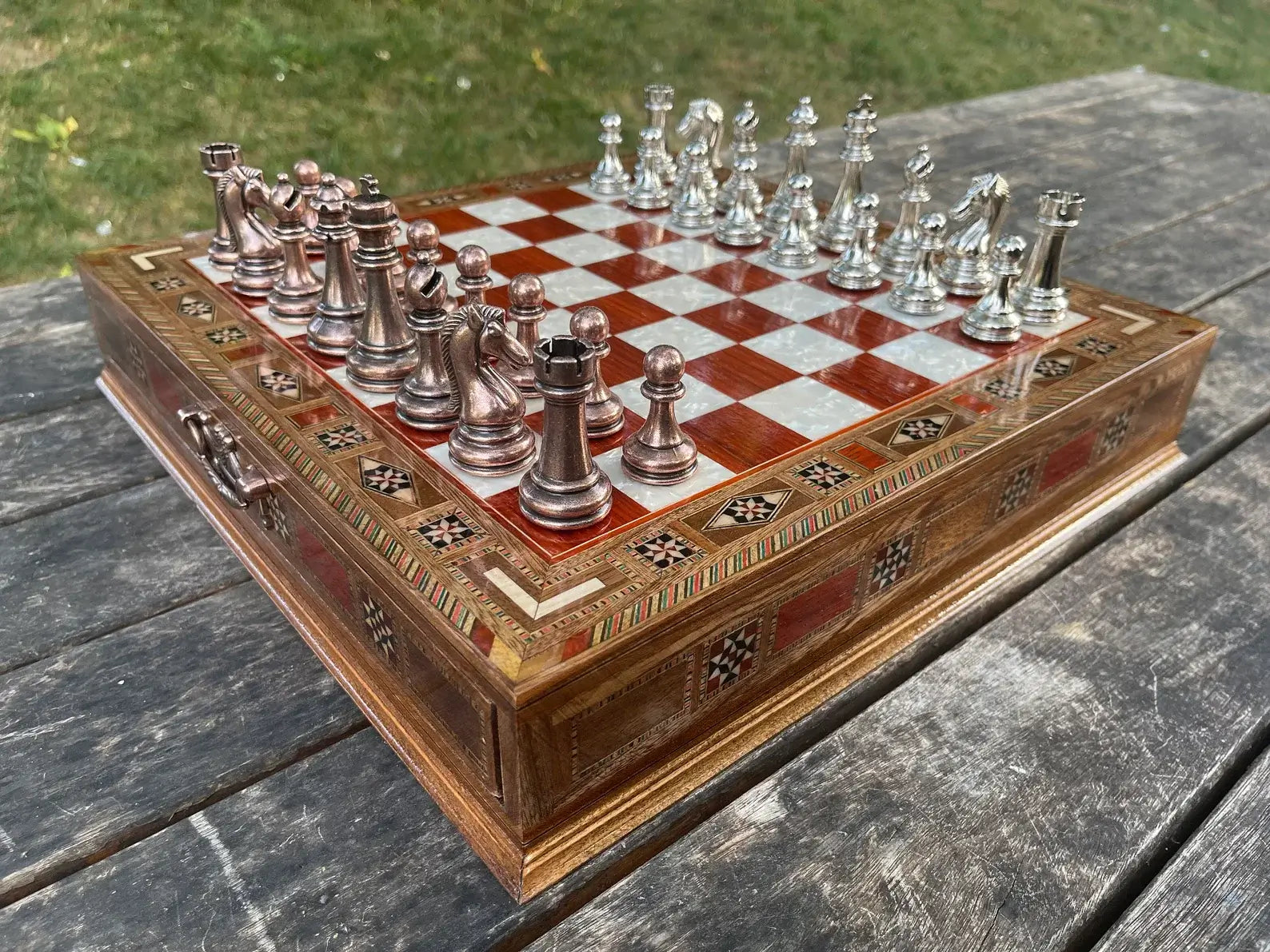
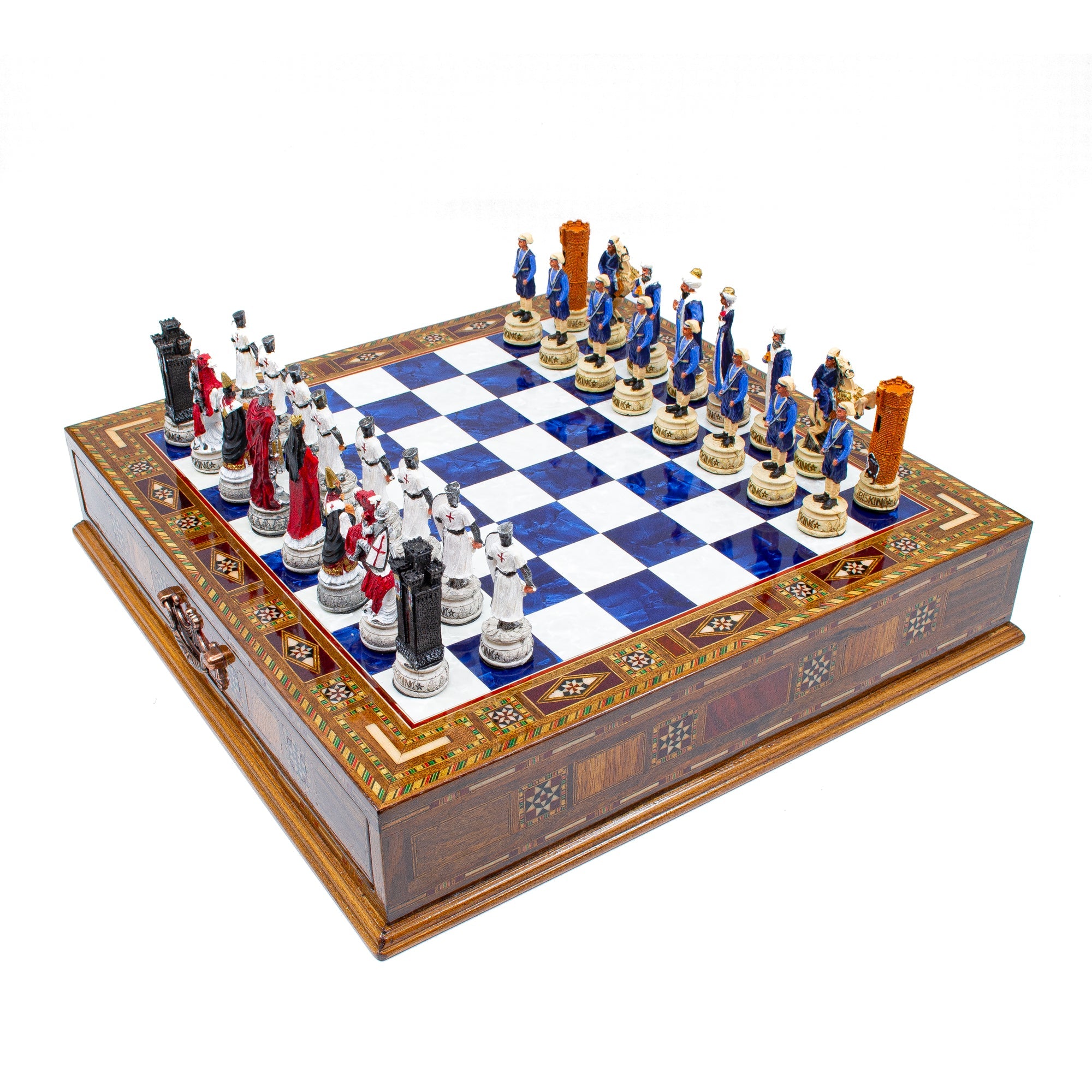
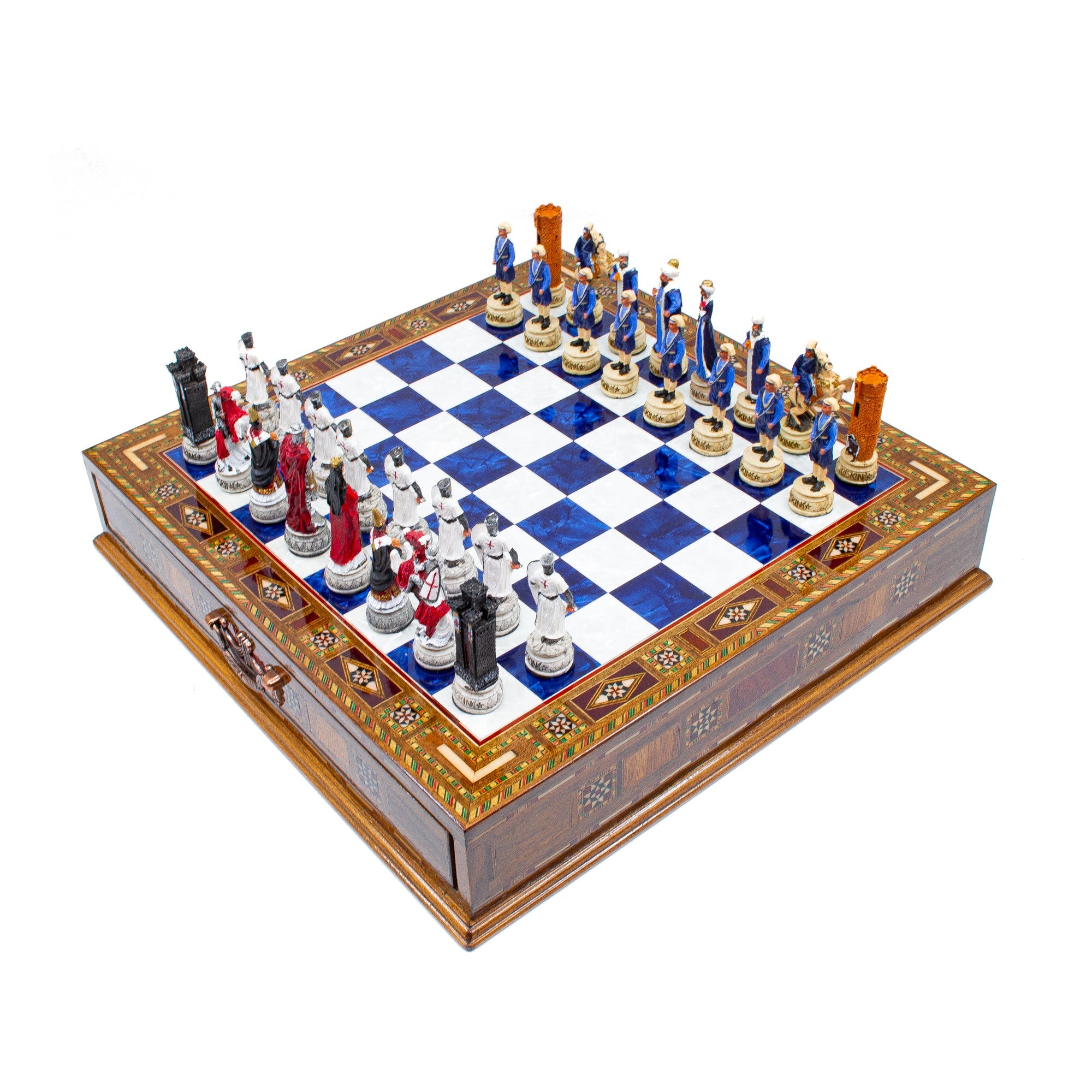
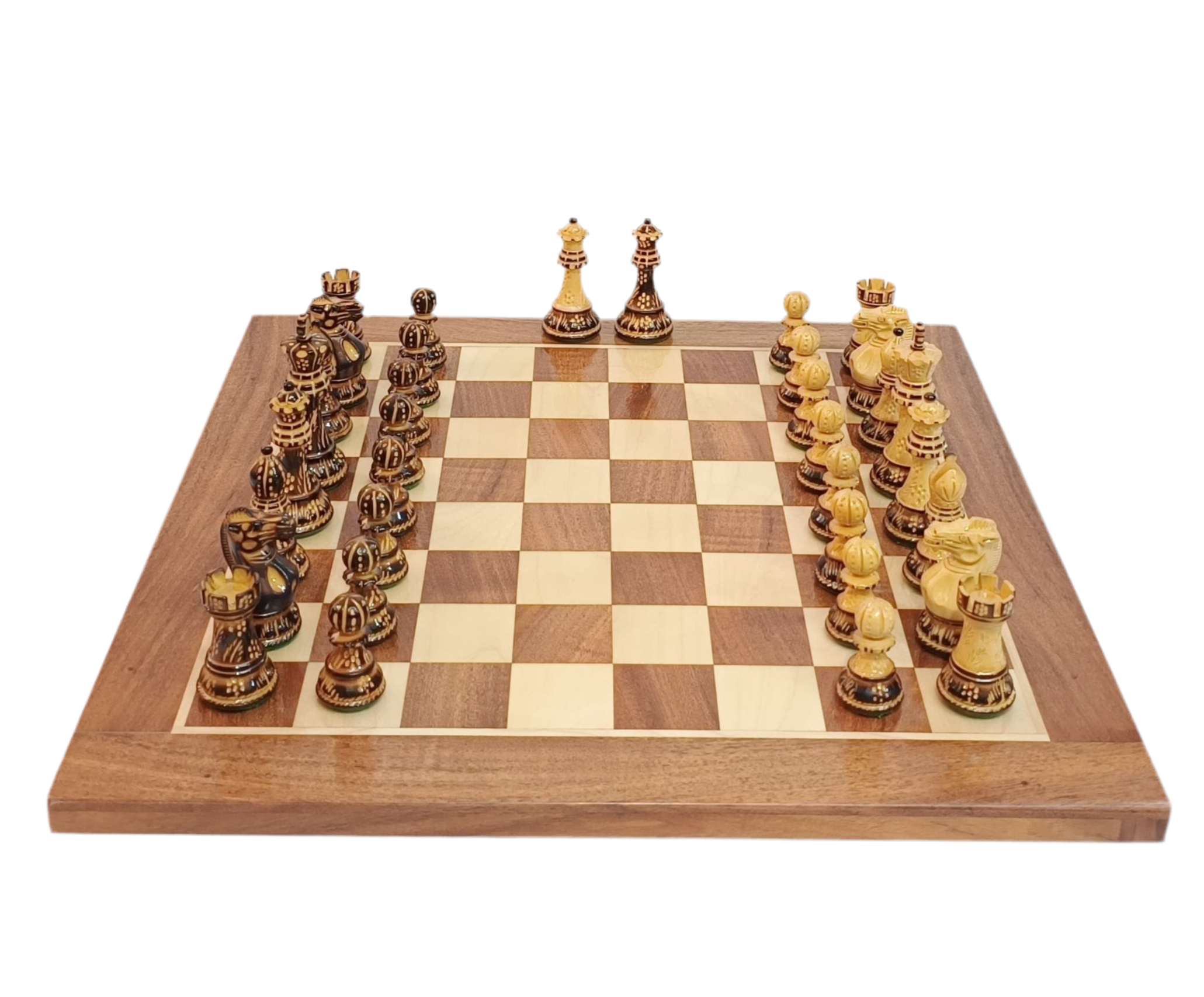
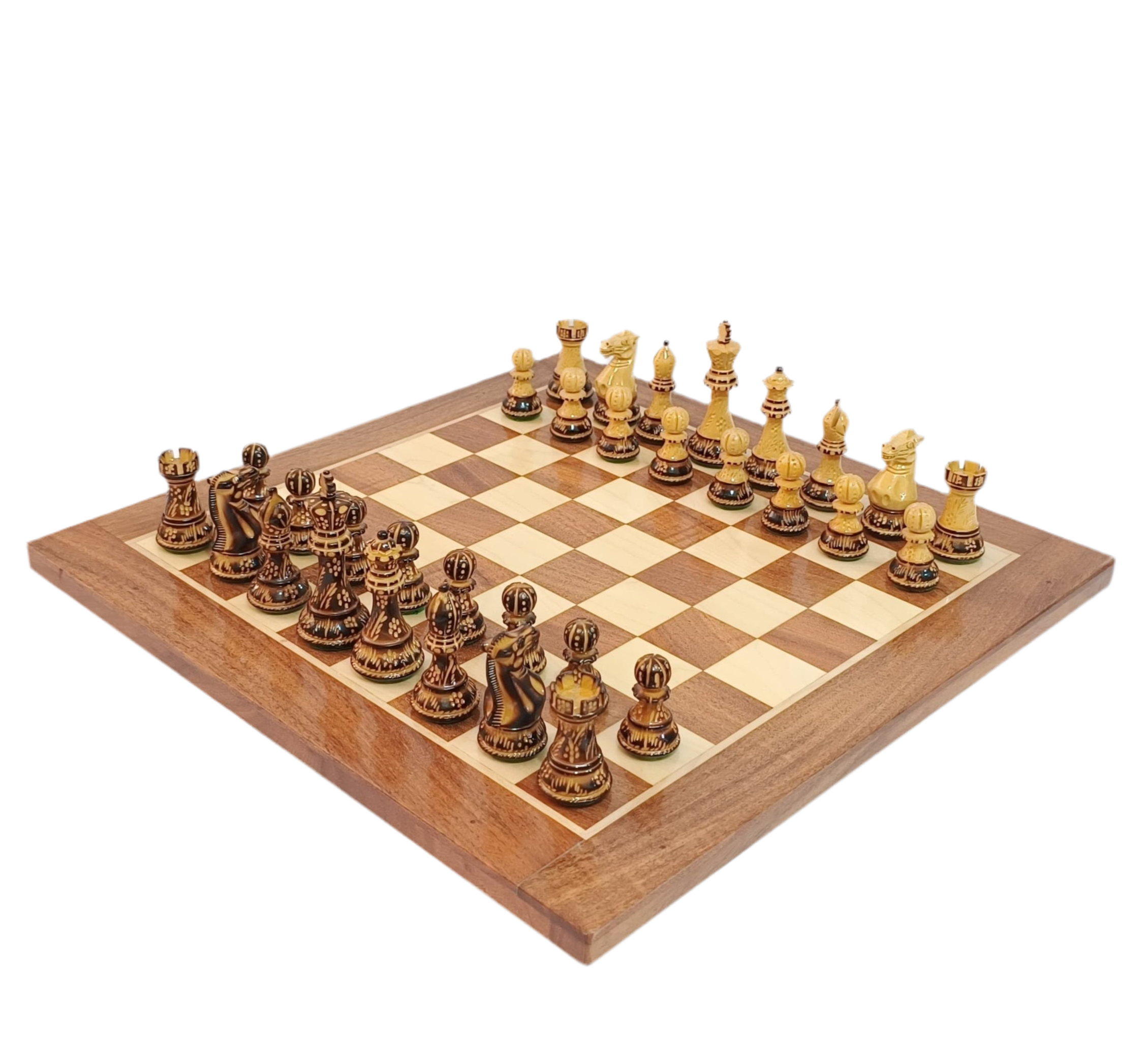
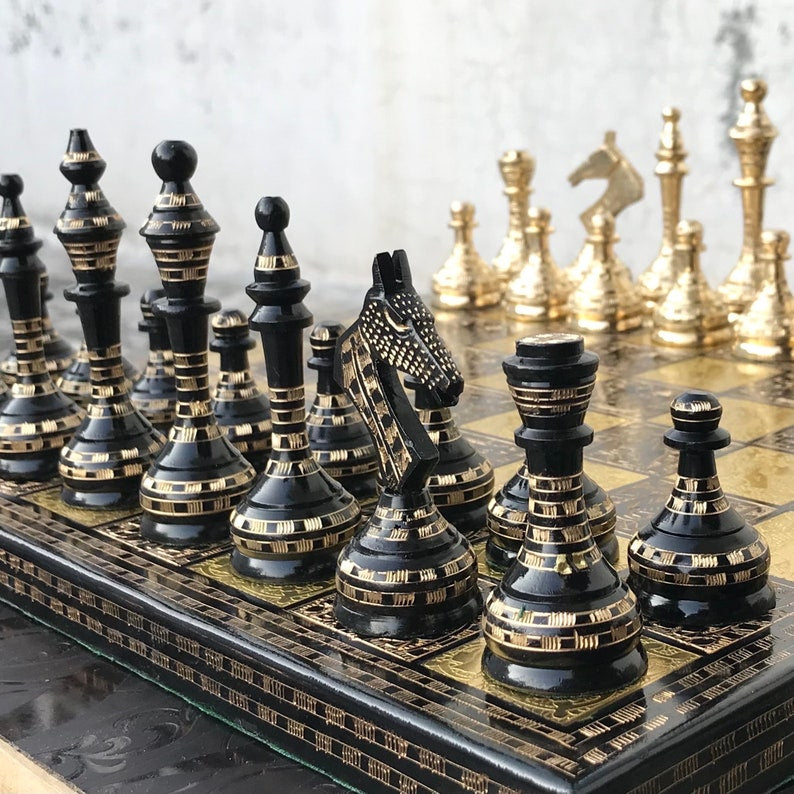
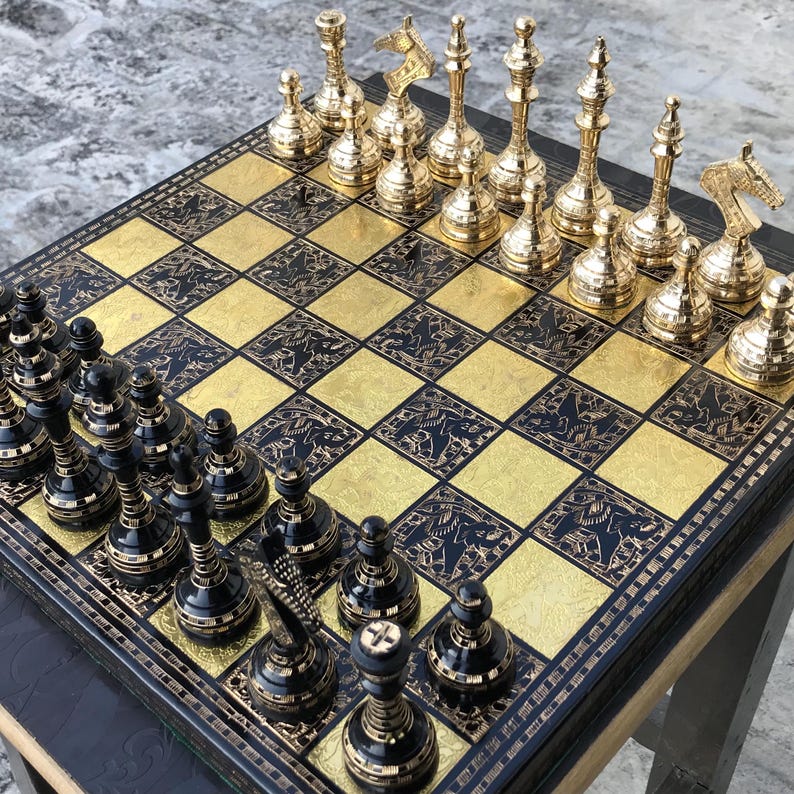


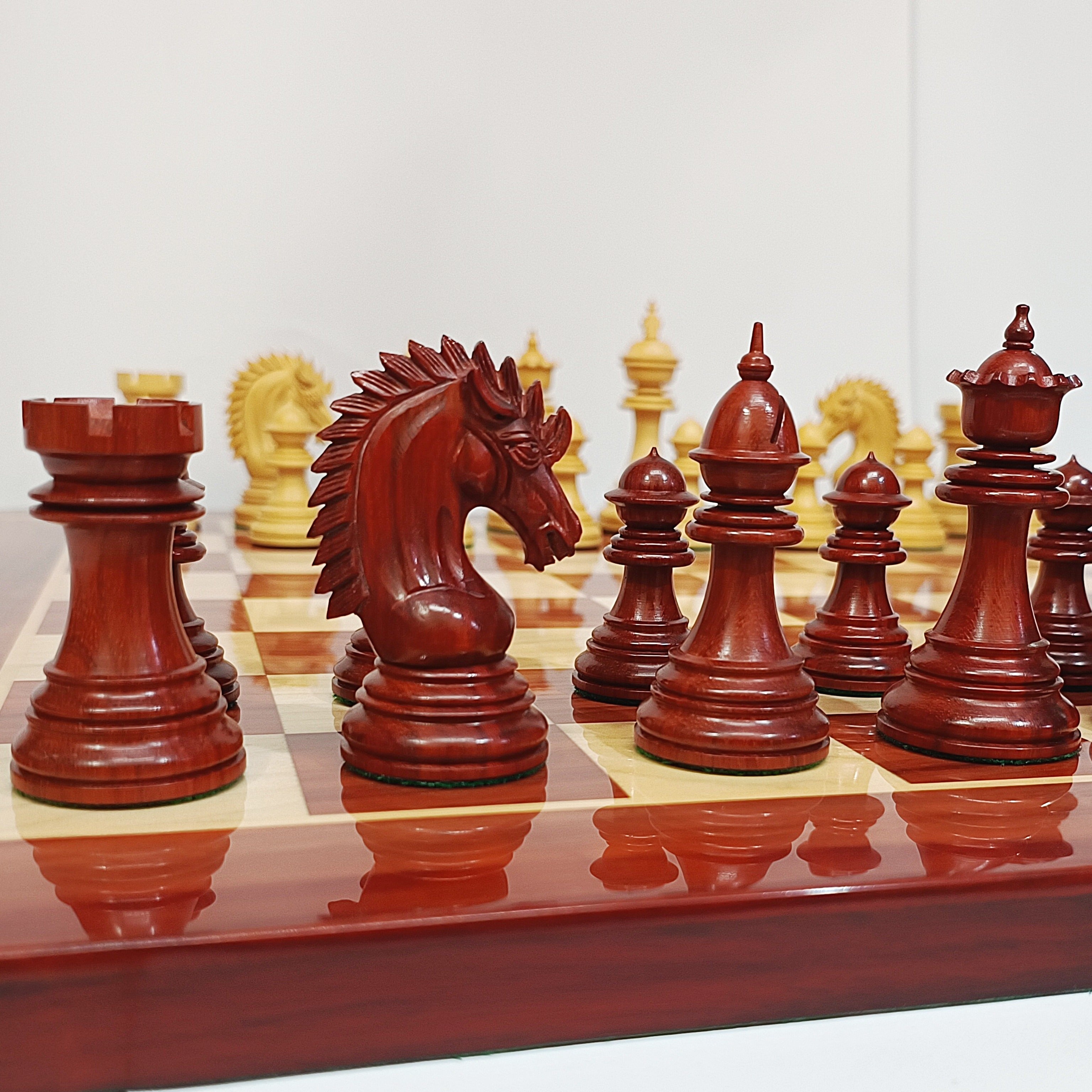
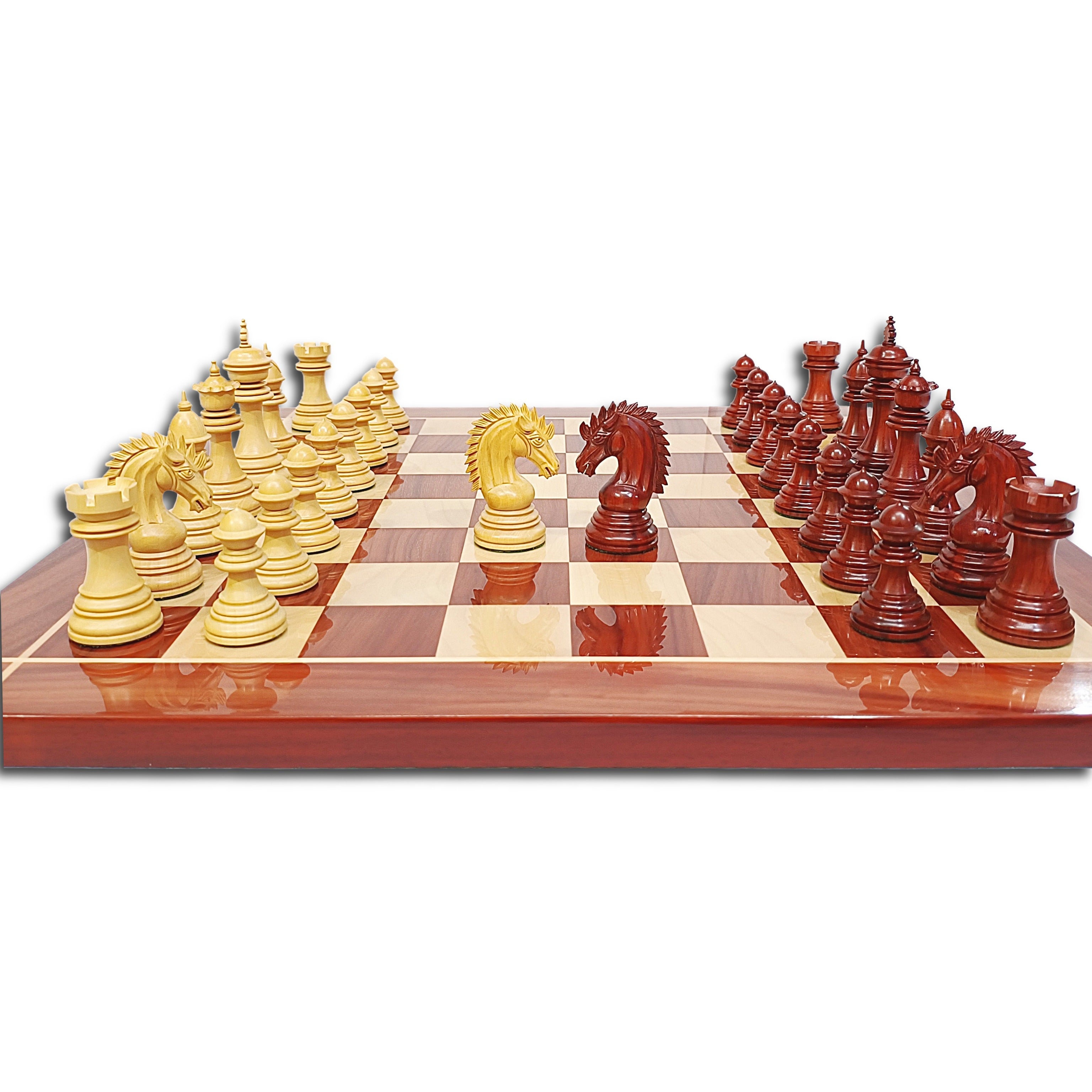

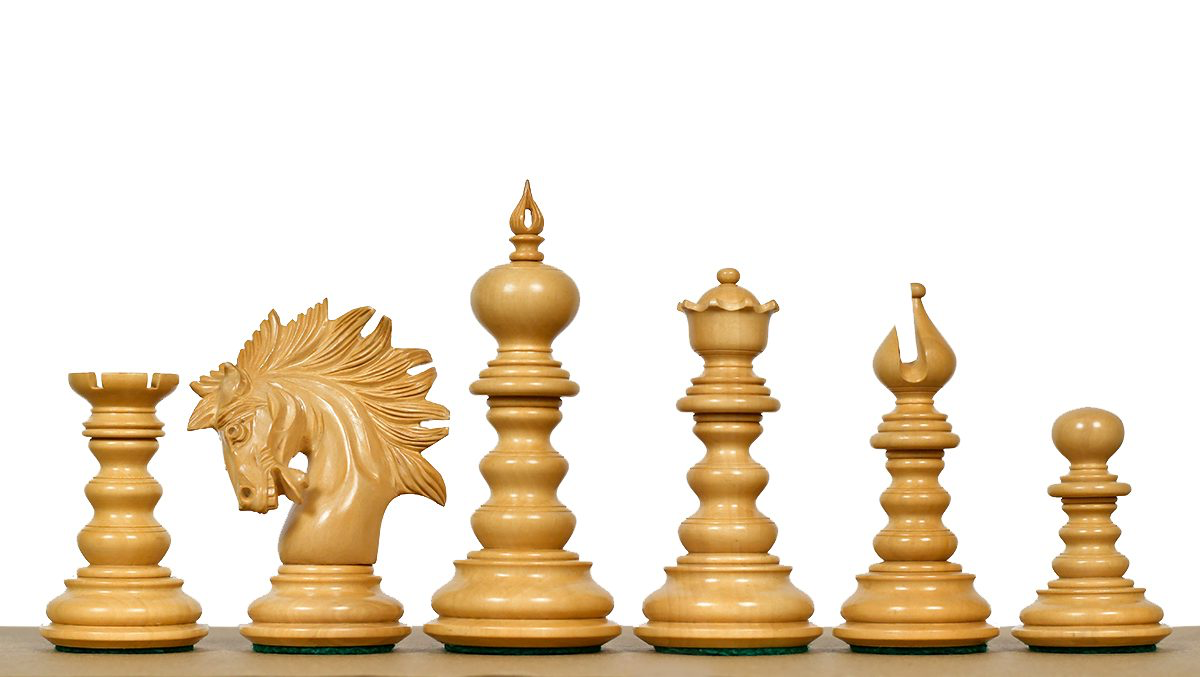
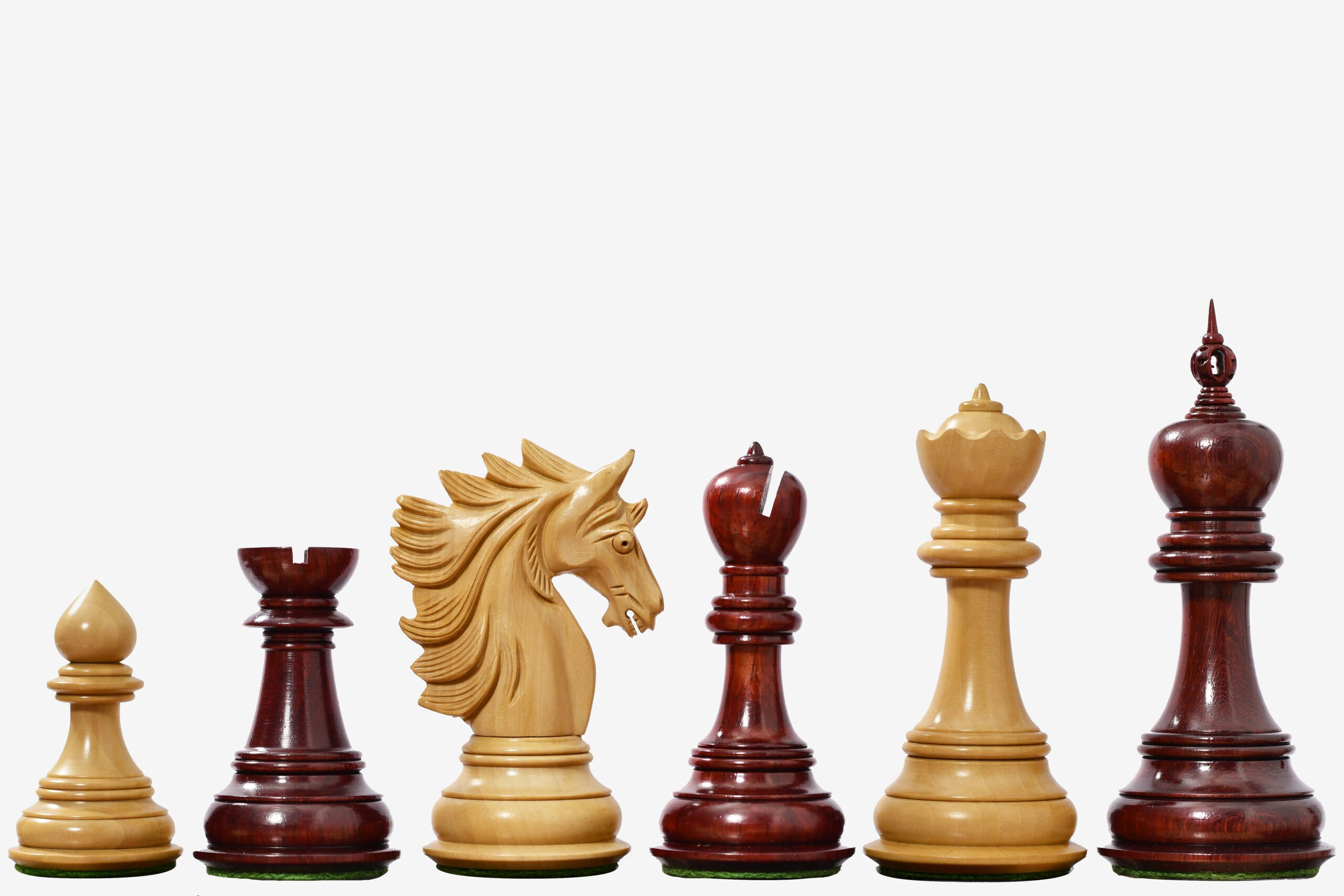
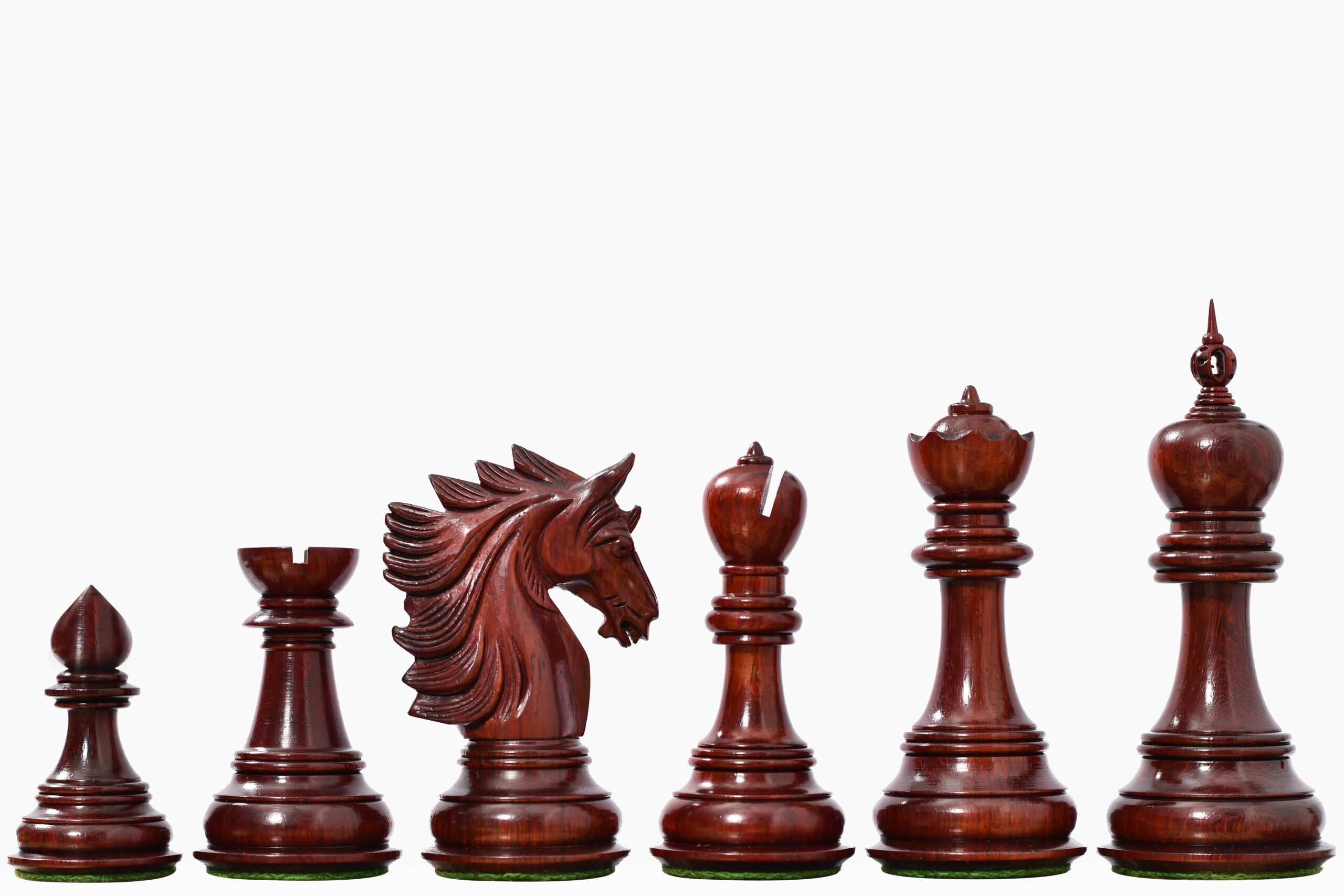
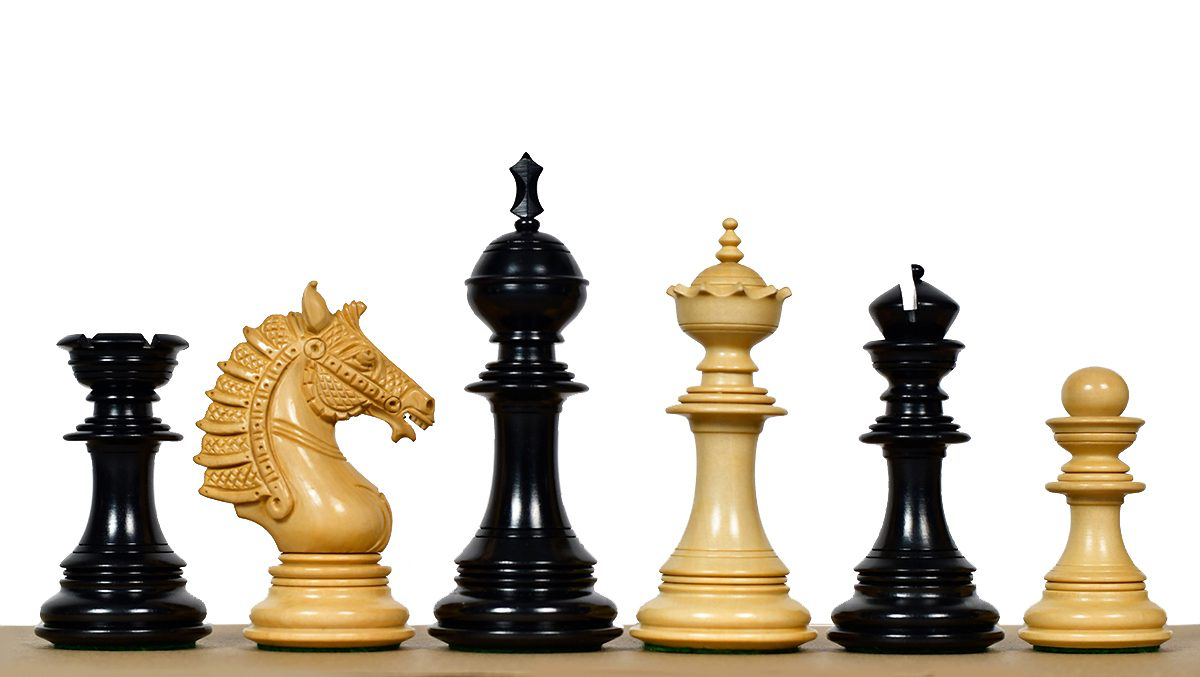
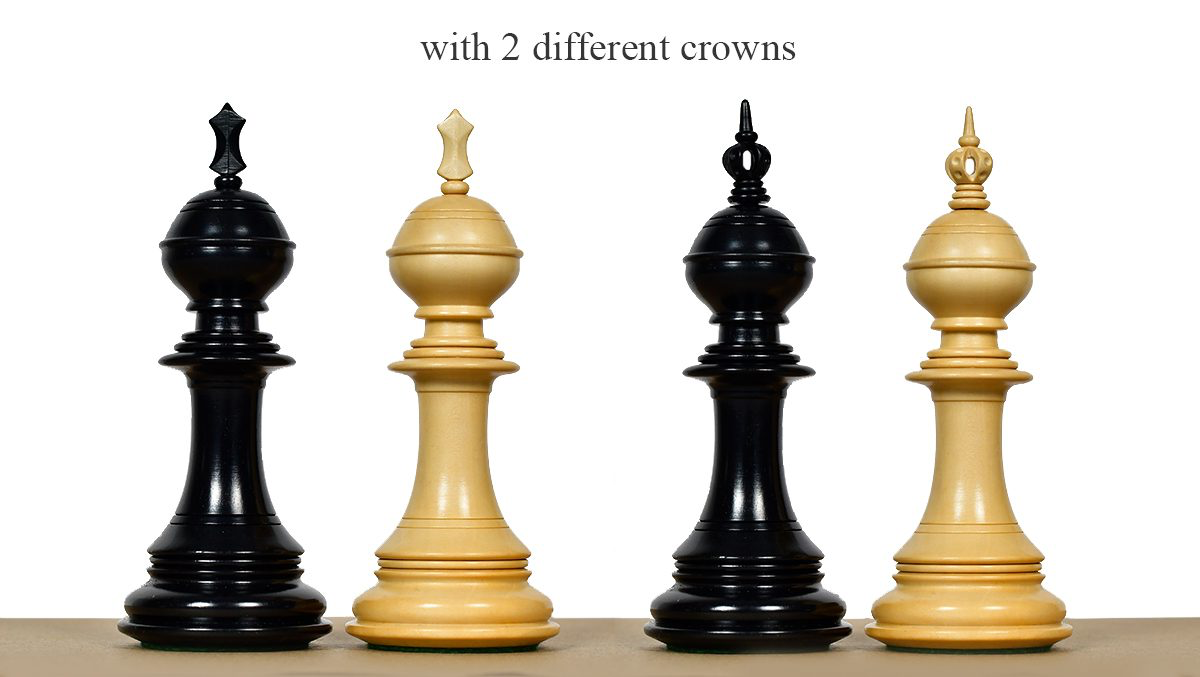
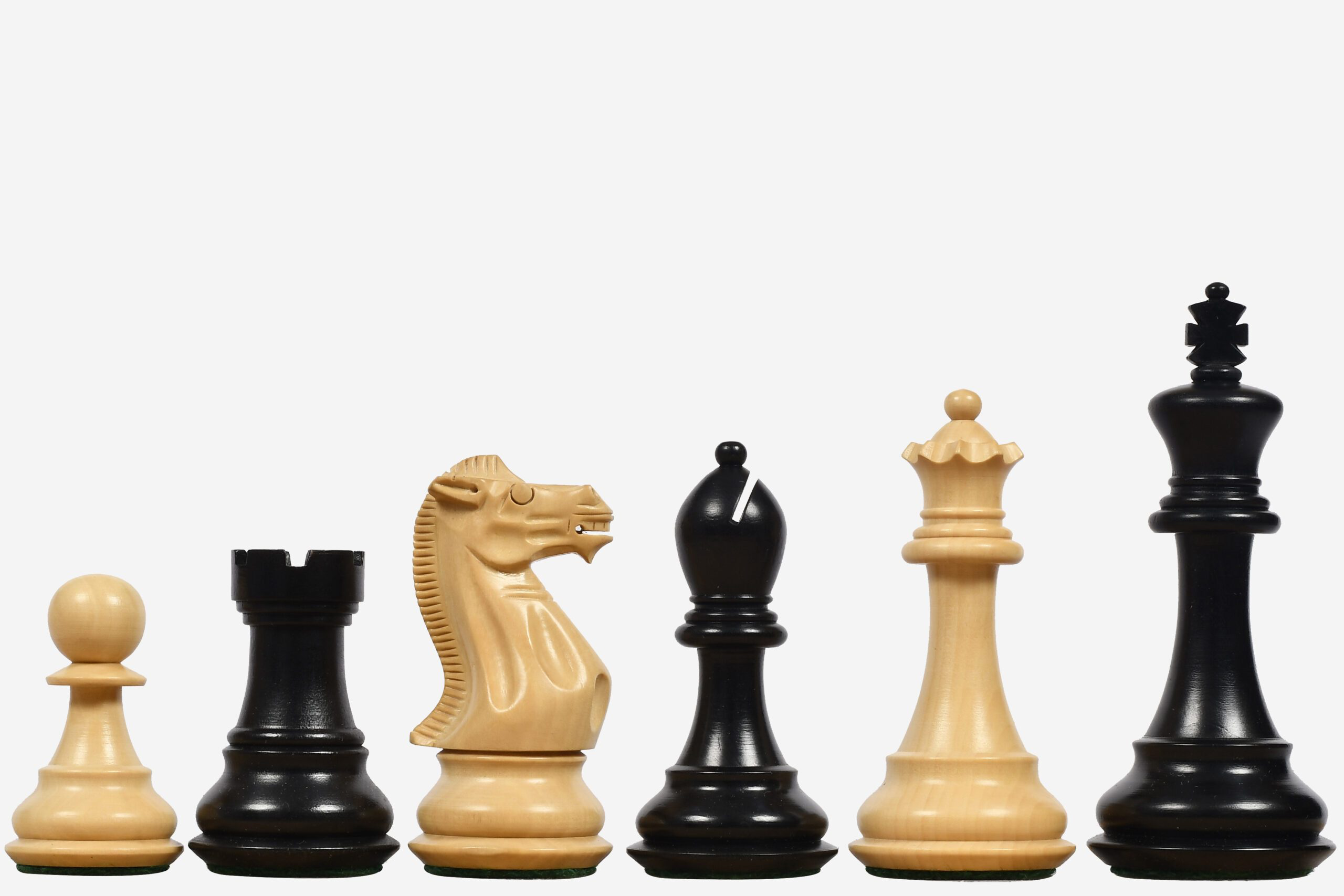
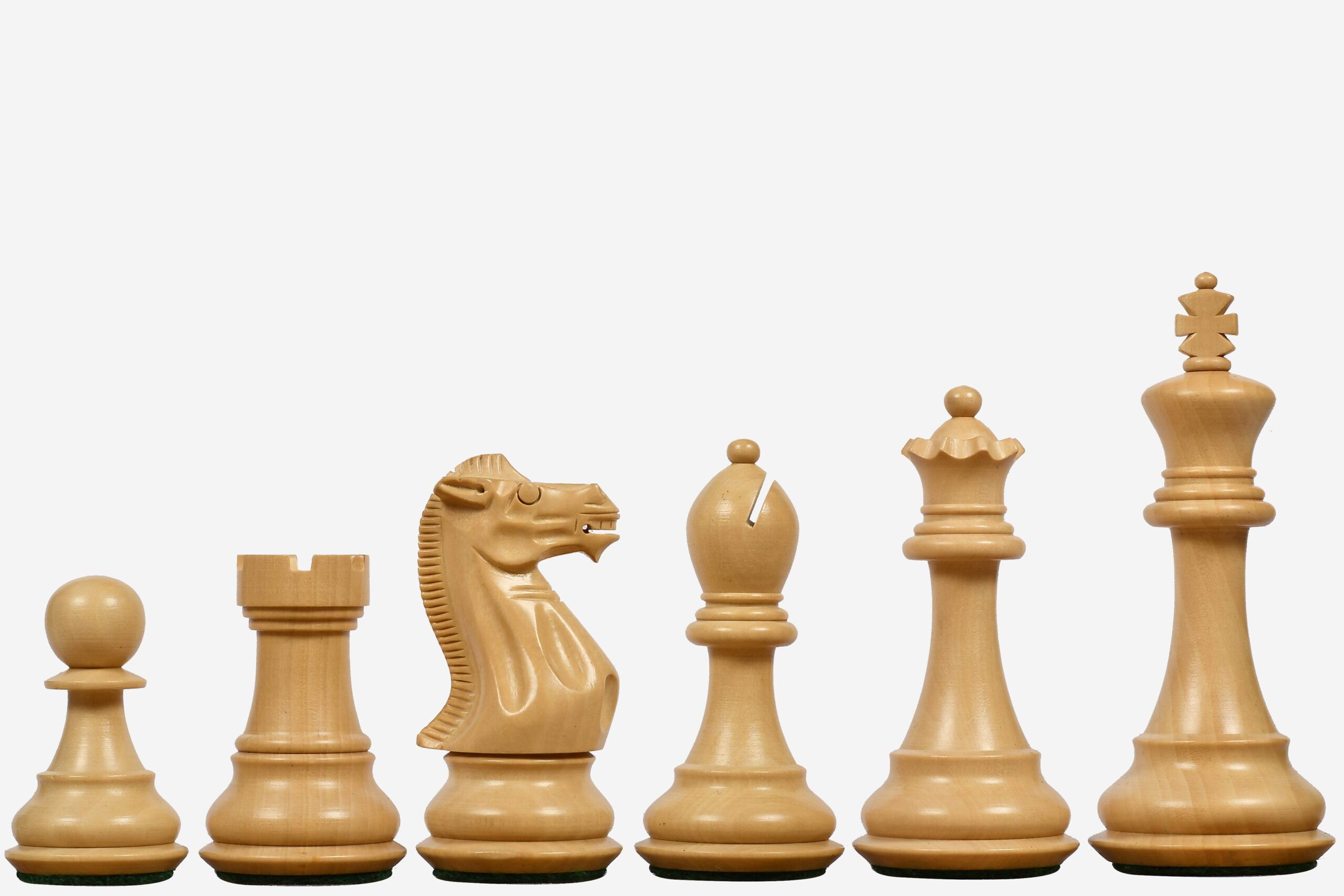
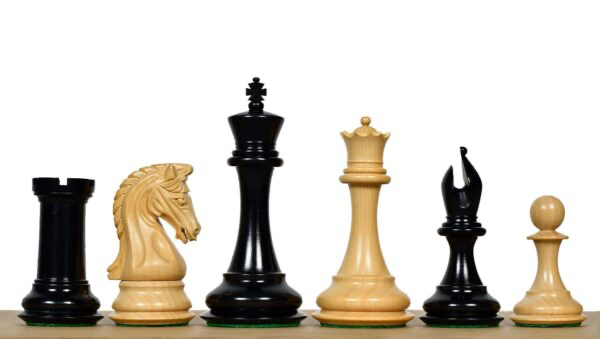
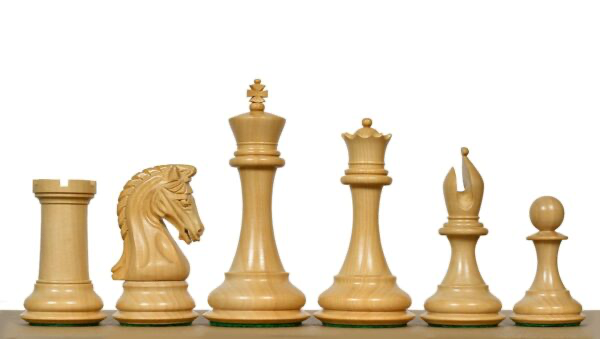
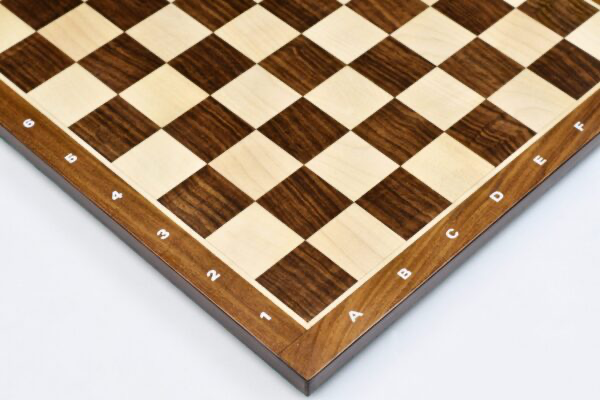
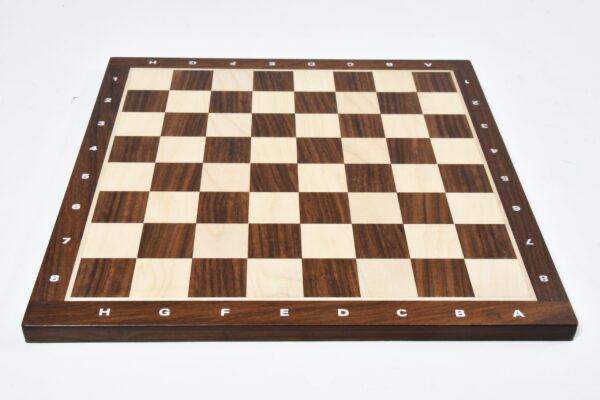
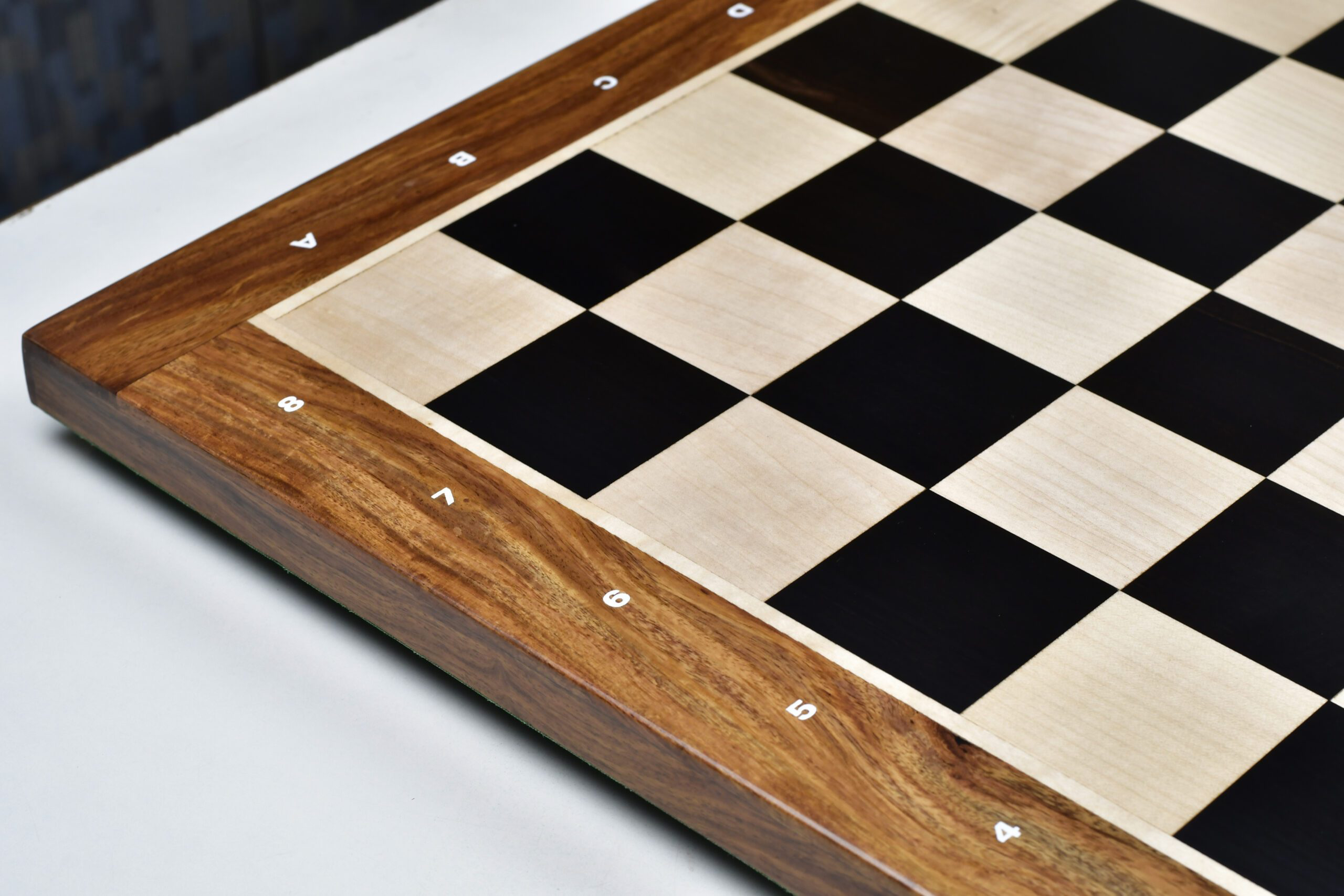
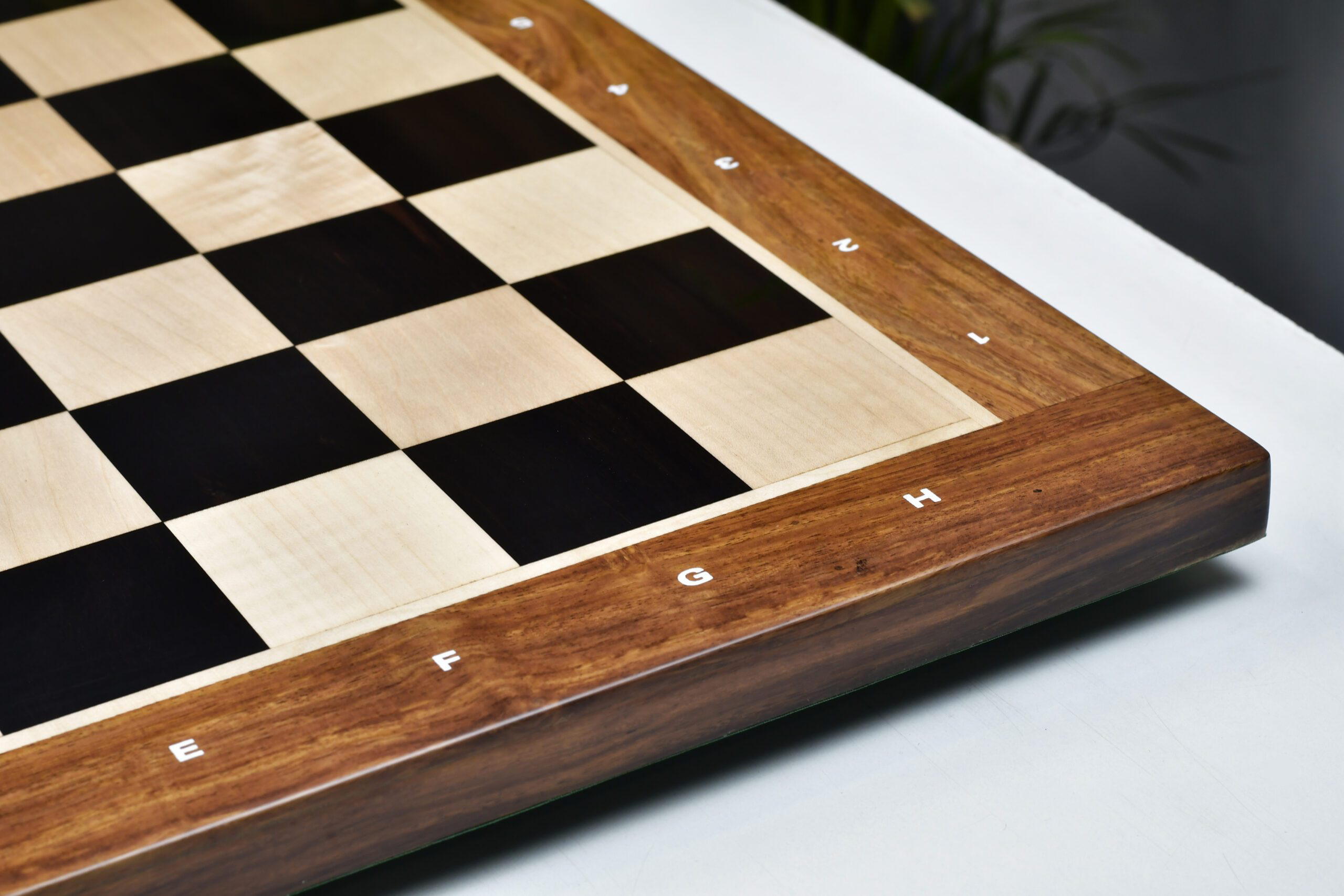


Leave a comment
All comments are moderated before being published.
This site is protected by hCaptcha and the hCaptcha Privacy Policy and Terms of Service apply.